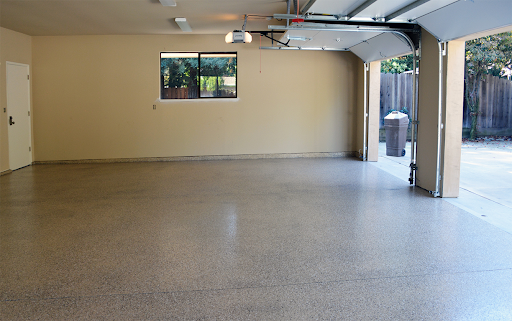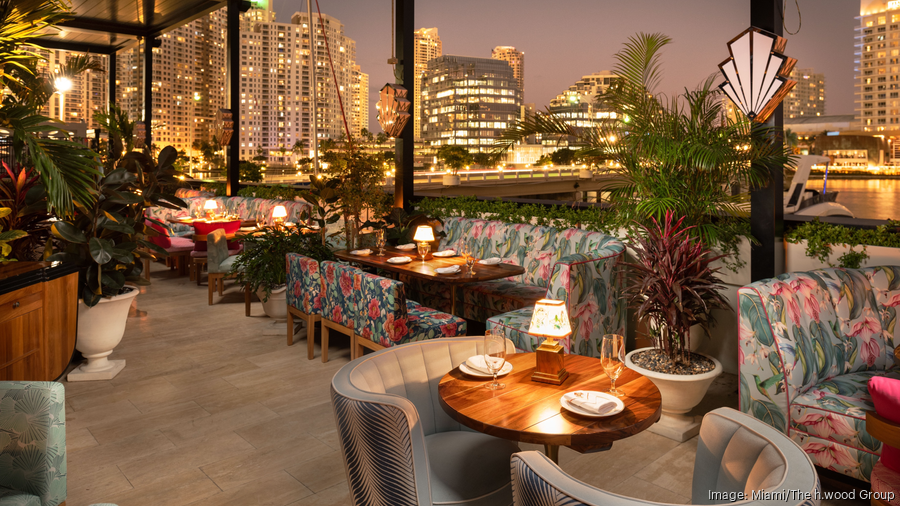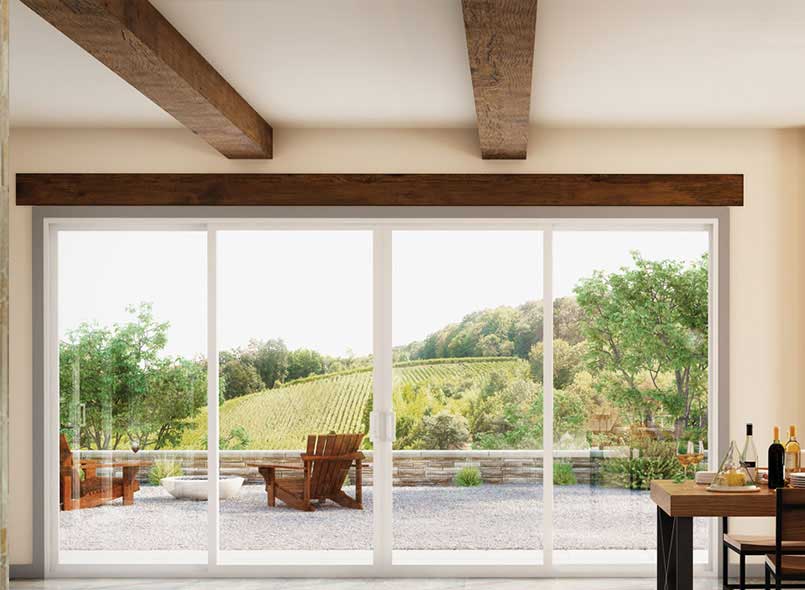Underglaze paints are essential tools for ceramic artists seeking vibrant colors and intricate designs. Unlike standard glazes, underglazes offer control and precision, making them ideal for fine line work and detailed patterns. They remain stable during firing, retaining their true colors even when covered with a transparent glaze. This guide provides an overview of underglaze characteristics, techniques, and best practices to help you achieve professional results.
What Are Underglaze Paints?
Underglaze paints are ceramic pigments in a water-based medium, applied to greenware, bisque-fired pottery, or leather-hard clay. Unlike glazes, they lack glass-forming agents, resulting in a matte finish unless coated with a clear glaze. They excel in maintaining color integrity during firing, offering predictability and consistency. Brands like AMACO, Mayco, Spectrum, and Laguna produce high-quality underglazes for various applications. Their versatility makes them suitable for different techniques, from brush painting to sgraffito.
Key Characteristics of Underglaze Paints
Underglazes maintain their color through firing, making them ideal for achieving bold or subtle hues. They work well with various clay bodies, including earthenware, stoneware, and porcelain. Artists can apply them at different stages—on greenware, bisque, or leather-hard clay—providing flexibility in creative timing. They can be mixed or layered to produce complex visual effects. Their adaptability makes them indispensable for artists seeking precision and innovation.
Popular Techniques for Using Underglaze Paints
- Brush Painting
Brush painting offers excellent control for detailed designs. Applying thin, even layers is essential to prevent smudging and ensure smooth results. Brands like AMACO and Mayco provide rich pigmentation and smooth application, perfect for fine line work and blending. - Sgraffito
Sgraffito involves applying underglaze to leather-hard clay and carving away portions to reveal the clay beneath. Best suited for high-contrast designs, this technique requires timing precision and consistent moisture levels for clean results. - Mishima (Inlay Technique)
Mishima involves incising lines into the clay surface and filling them with underglaze. Once dry, the surface is scraped clean, leaving pigment only within the carved lines. This technique offers precision and durability, enhanced by a clear glaze overcoat. - Stenciling and Masking
Stenciling allows for precise, repeatable patterns, while masking involves covering areas with tape or wax resist. Combining these techniques with brush painting or sgraffito can yield dynamic compositions. - Layering and Blending
Layering and blending underglazes create depth, texture, and color gradients. Applying successive coats and blending them while wet produces smooth transitions, ideal for realistic or abstract designs.
Best Practices for Successful Underglaze Application
Preparing the clay surface is critical for achieving consistent results. Ensure the surface is smooth and clean, whether working on greenware or bisque-fired pottery. Allow each underglaze layer to dry thoroughly before applying the next to prevent smudging or bleeding. Thinning underglazes with water can produce washes, while thicker consistencies work well for Mishima or stenciling.
Firing is crucial to achieving desired effects. Follow manufacturer recommendations for firing temperatures, especially when using brands like AMACO or Mayco. Applying a clear glaze over underglazes can enhance vibrancy and provide additional protection. Keeping records of your process helps refine your techniques over time.
Recommended Brands and Products
High-quality underglazes from AMACO, Mayco, Spectrum, and Laguna offer reliable performance. AMACO Velvet Underglazes are popular for their smooth application and wide range of colors. Mayco Underglazes provide excellent coverage and versatility, ideal for mixing and blending. Spectrum products excel in pigmentation, making them perfect for bold designs. Laguna offers great options for layering and blending, ideal for creating soft transitions and gradients.
Creative Tips for Experimentation and Innovation
Experimenting with underglazes allows you to discover new effects and refine your style. Combine techniques like brush painting and sgraffito or use stencils with carving tools for layered designs. Mixing underglazes or incorporating slip or glaze pencils adds complexity to your work. Documenting your experiments will help you troubleshoot issues and replicate successful results. Creativity thrives when you embrace both precision and innovation.
Mastering underglaze techniques opens new possibilities for creative expression. Understanding their properties, experimenting with methods, and refining your approach will enhance your artistic process. Invest in quality brands, document your progress, and continue experimenting to find your unique style. The journey of mastering underglazes is a rewarding experience, full of learning and discovery.









